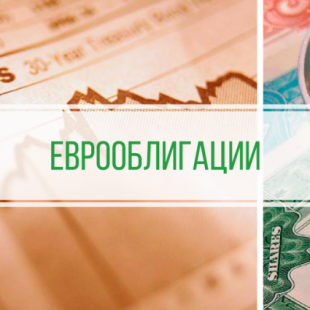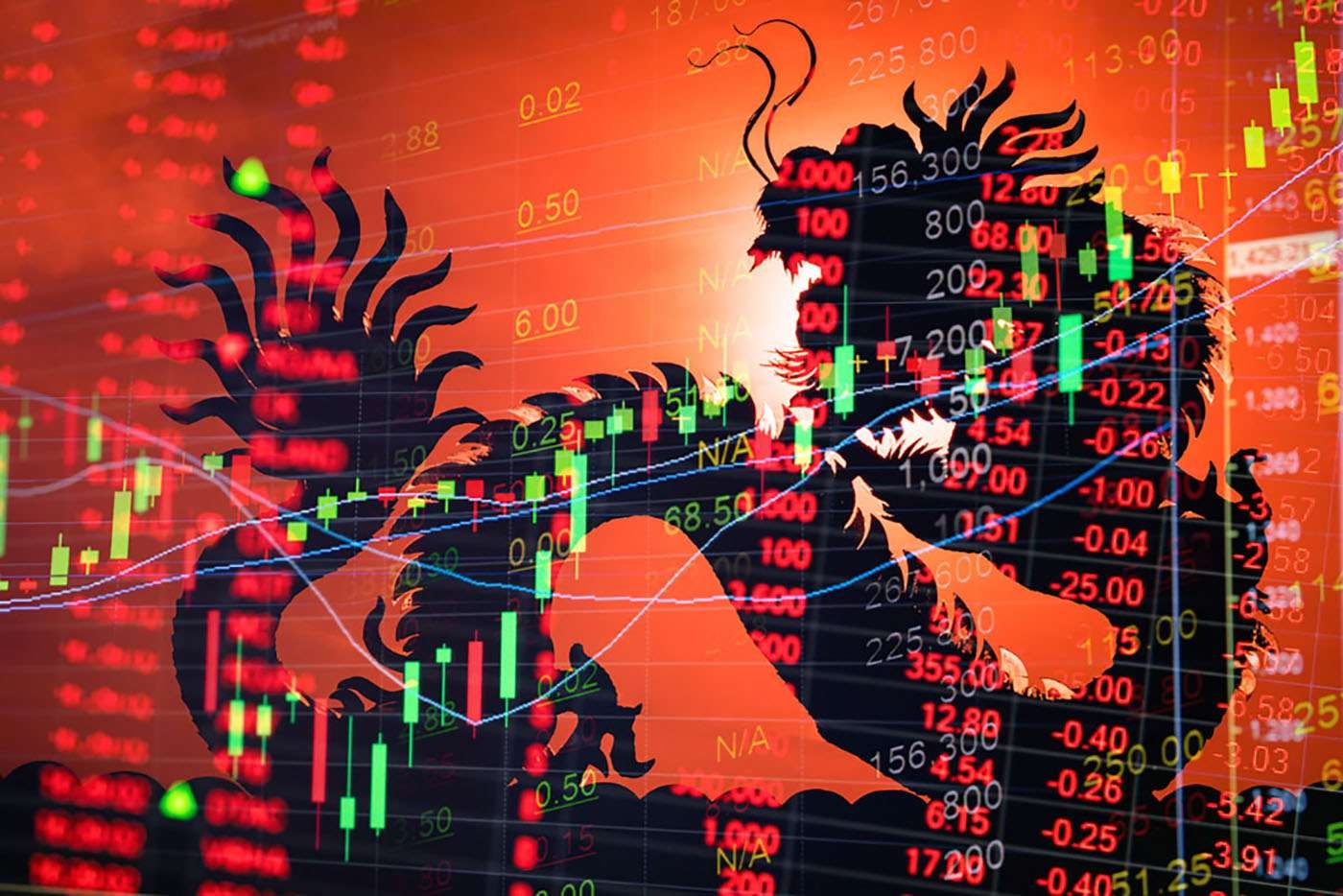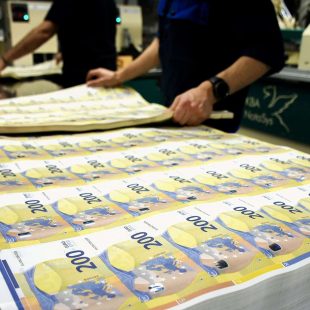Our platform features differences and comparisons, which are well-researched, unbiased, and free to access. Fiat money is readily available and accepted in a variety of ways. Commodity money, on the other hand, is only accepted in a few places and cannot be used elsewhere. Commodity money is only accepted in certain locations and cannot be used everywhere.
- Money communicates no worth; there remains no difference; the value is symbolic, whether gold, paper, or electronic.
- If executed, it can help with taxation and with the fight against corruption.
- Since then, most countries have adopted fiat monies that are exchangeable between major currencies.
- Fiat money has also an alternate name known as fiat currency.
- Unlike commodity and representative money, fiat money is not backed by other commodities such as silver or gold, but its creditworthiness comes from the government recognizing it as money.
Currently, most nations use paper-based fiat currencies that only serve as a mode of payment. Explain the role played by the state in the public acceptance of fiat currency as money. A) The supply of fiat money is controlled by the government, b) Fiat money is also a commodity, c) Fiat money is backed by gold, d) Fiat money is the same as Treasury bonds. Explain the difference between commodity money and fiat money.
Notes
In fact, very few world currencies are true commodity currencies and most are, in one way or another, a form of fiat money. Indian rupees, US dollar, British pound, and other currencies are examples of fiat money. Commodity money, on the other hand, includes items such as gold, silver, copper, tea, and so on. The quantity of gold coined in a commodity monetary system, such as the gold standard, is determined by market forces.
Before 1970, the world was governed by the gold standard, which allowed people to swap the currency they owned for gold at any time. Countries that adhered to the gold standard established a fixed price for gold and traded gold at that price, therefore maintaining the gold standard. The value of the currency was determined based on the fixed price established.
How Monetary Policy Arises
The amount of gold sent to the mint for coinage and the number of gold coins melted for other purposes determine the number of gold coins required BTC by the general population. As a result, the intelligence and understanding of all those who XRP regulate the supply of money can be said to determine the value of commodity money. When a central bank issues banknotes, it is simultaneously issuing you, the consumer, a percentage of your government’s debt. Think about how, for example, the EU and the United States create money.
Commodity money is defined as a type of money whereby its value is attached to a certain commodity. Of course, modern economists argue commodity money has far more disadvantages than advantages, which remains why fiat money is the money of choice for all developed nations. All of the above were forms of commodity money backed by a physical commodity that had an accepted value by all.
The digital will be state-controlled and inflationary. At this point, there is not much known about the currency, neither from the technical nor from the monetary implementation details. The first wave of national cryptocurrencies was all grassroot efforts. Recently, however, there are more and more mentions and even actions from governments. All attempts thus far were trying to address real or imagined issues.
Gary Gensler’s SEC is playing a game, but not the one you think – Cointelegraph
Gary Gensler’s SEC is playing a game, but not the one you think.
Posted: Wed, 22 Feb 2023 08:00:00 GMT [source]
Money has been a part of our human history for about 3,000 years, give or take. Money has evolved from bartering to credit cards, with some elements of bartering still in existence today. There are two types of monetary aggregates used by the Fed, M1 and M2 monetary aggregates. The table below shows all the transactions that Bank A has had to help us keep track of them. Seigniorage is the difference between the face value of money and the cost to produce it.
Treatment in economics
Moreover, Ammous states that the cost of total fiat currency is3.5%of the entire international wealth. Nevertheless, the amount is used to fund wars, monopoly banksters, and government parasites. He also firmly mentioned how fiat currency helps broaden the economic divide. Concerning the fiat money vs commodity money system, both terms differ regarding payment implications, government interference, and currency type.
https://www.beaxy.com/ money is defined as money that is created with the full authority of the government and then utilized as a means of exchange. Commodity money, on the other hand, refers to money that is not issued by the government but has its value and is utilized as a medium of exchange. Fiat money is a widely accepted and easy-to-carry form of currency. It’s easy to move because it poses fewer dangers and occupies less space.
While other theories and causes of inflation exist, the idea that changes to the money supply influence price levels has bearing on commodity vs. fiat monies. Commodity money is comprised of physical goods that are used as money because they have intrinsic value, which means that commodity money is useful or valuable to the holder. A few examples of commodity money are silver, gold, salt, copper, tea, peppercorns, shells, and silk. This type of money does not need government regulation or recognition to be used as money.
Know the difference between Fiat Money and Commodity Money
— DJ Dadam (@adam_miho) December 17, 2017
Furthermore, the administration must ensure its complete security against duplication and management of finances for a strong fiat currency. Thus, a politically stable country possibly has a strong fiat currency that facilitates purchasing power. Contrastingly, an unstable nation has weak money, hindering purchasing power. Its advantages include abundant supply, stability, and inexpensive production costs. Conversely, the disadvantages entail hyperinflation, government domination, and high prices.
You don’t need a CFA or degree. You need to know the difference between macro & micro economics; between issuers and end users of money; between fiat money and commodity money; and so on.
— #MMT: MoralMoneyTime (@samvega) February 8, 2019
We can look back many centuries to when goods such as tobacco or salt were used as money. People would use them to trade with each other as they were commonly used goods. Even if nobody would accept it, the owner could use it for their purposes. So if someone went to market with a pound of tobacco and nobody would accept it, they would be able to smoke it instead. Commodities such as meat would not be effective as they go bad over time. Similarly, metals such as iron would not suffice as it rusts easily.
- Examples of commodity money includes commodities such as gold, silver, copper.
- The reserve requirement ratio is the portion banks cannot lend to different clients from their savings accounts.
- It is the government’s backing that puts a monetary value on a piece of paper.
- The risks of loss from investing in CFDs can be substantial and the value of your investments may fluctuate.
A difference between fiat money and commodity money card identifies you as a person who has a special arrangement with the card issuer in which the issuer will lend you money and transfer the proceeds to another party whenever you want. Thus, if you present a MasterCard to a jeweler as payment for a $500 ring, the firm that issued you the card will lend you the $500 and send that money, less a service charge, to the jeweler. But a card that says you have such a relationship is not money, just as your debit card is not money.
Is fiat money a commodity money?
Fiat money is a type of currency that is not backed by a commodity, such as gold or silver. It is typically designated by the issuing government to be legal tender. Throughout history, fiat money was sometimes issued by local banks and other institutions.
Commodity money and fiat money are commonly viewed as two quite different kinds of money. The transition from commodity to fiat money occurred in the mid-20th century when the State ended the gold backing of its notes. In the following we abstract from the analysis of the Swedish economist Per Berglund to show how the two kinds of money actually fit into a single framework, based on the State theory of money. The United States Dollar , the Euro and most other major currencies are fiat monies. The main alternative to fiat currencies is commodity money, which is backed by a tangible asset.
DeFi to be examined at inaugural CFTC tech advisory meeting: Finance Redefined – Cointelegraph
DeFi to be examined at inaugural CFTC tech advisory meeting: Finance Redefined.
Posted: Fri, 03 Mar 2023 21:03:25 GMT [source]
In the US, the metal in pennies (97.5% zinc since 1982, 95% copper in 1982 and before) and nickels (75% copper, 25% nickel) has a value close to, and sometimes exceeding, the fiat face value of the coin. Jacques de Meulles, the Intendant of Finance, conceived an ingenious ad hoc solution – the temporary issuance of paper money to pay the soldiers, in the form of playing cards. He confiscated all the playing cards in the colony, had them cut into pieces, wrote denominations on the pieces, signed them, and issued them to the soldiers as pay in lieu of gold and silver. Because of the chronic shortages of money of all types in the colonies, these cards were accepted readily by merchants and the public and circulated freely at face value.





